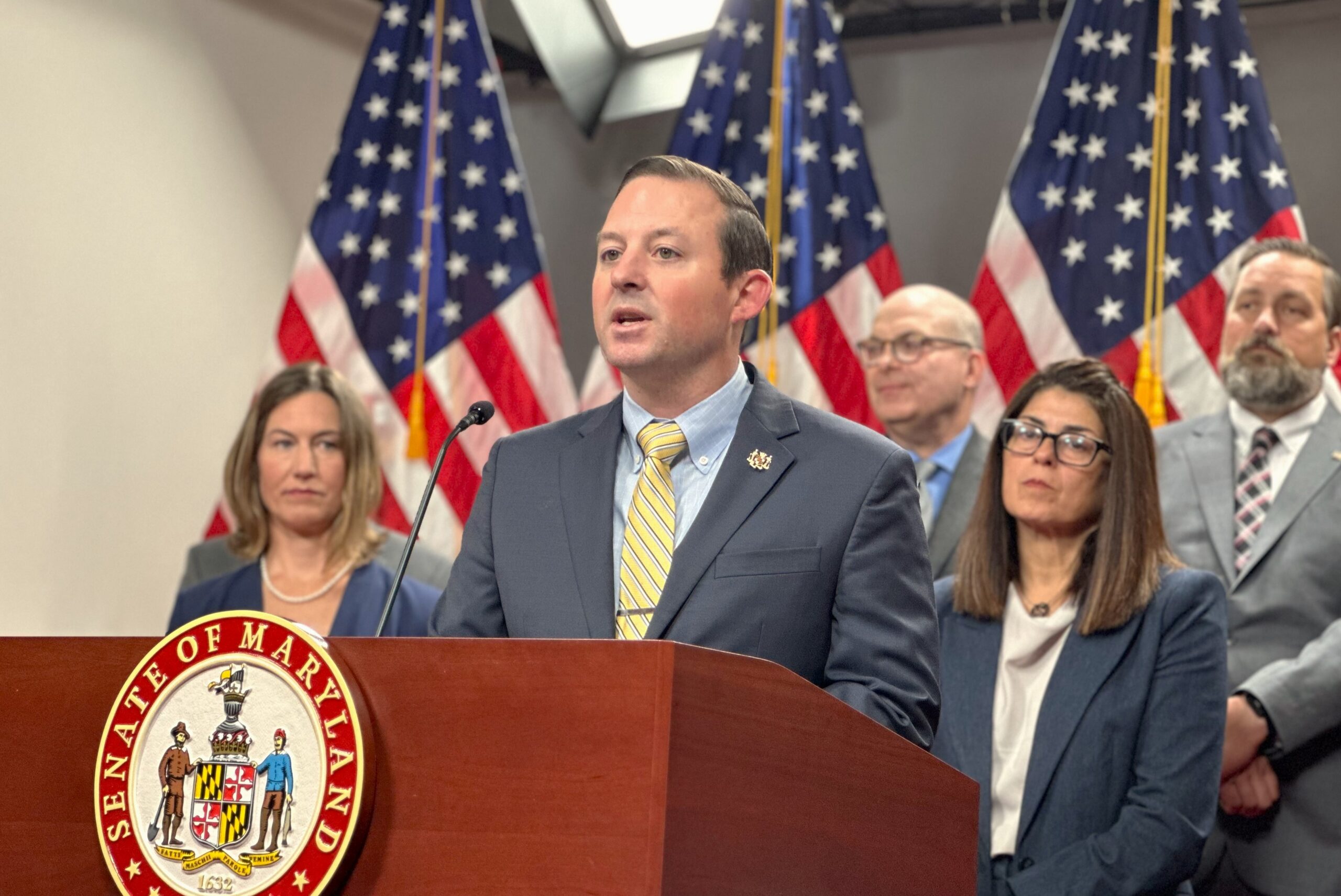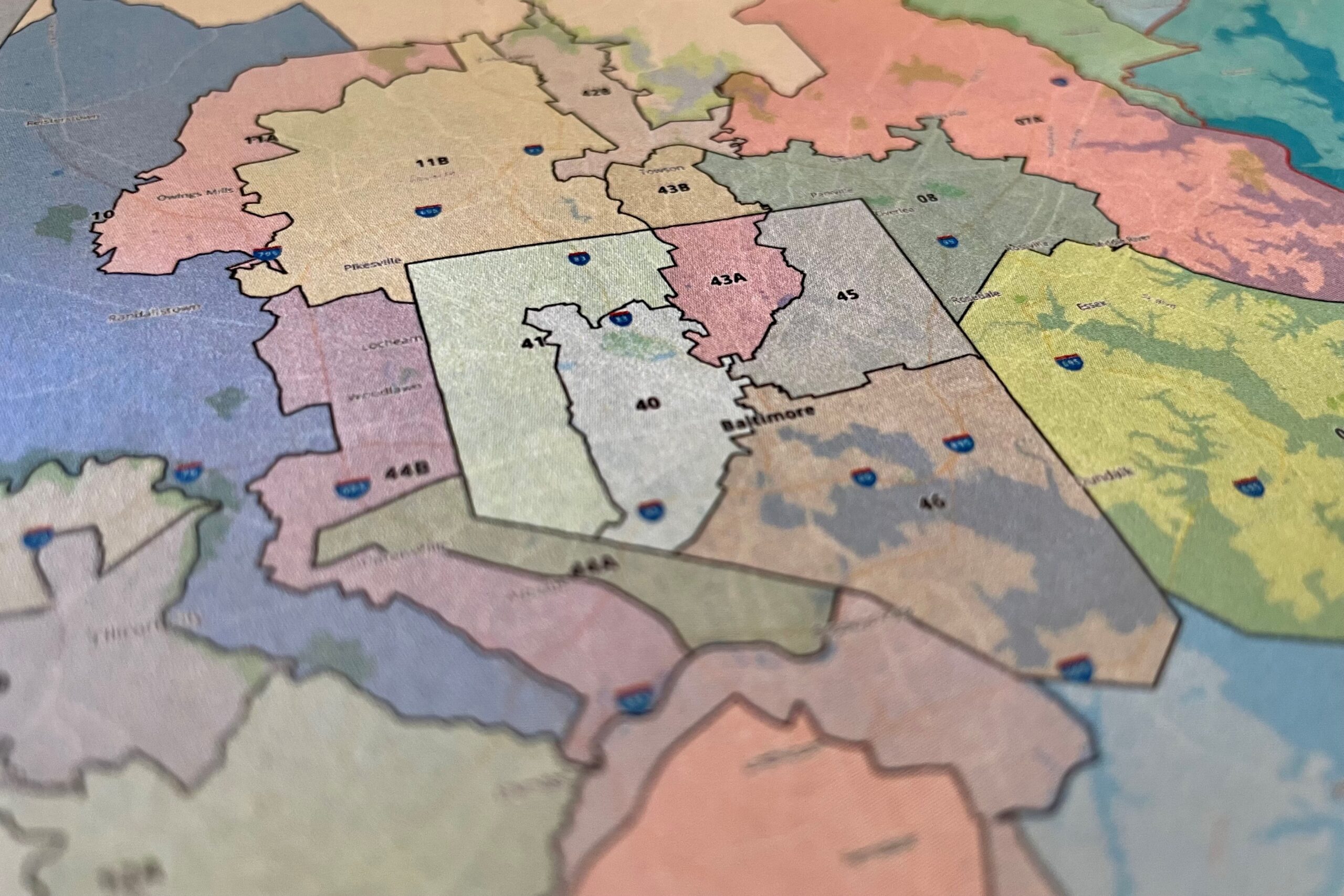Annual survey finds no major deficiencies in Maryland school buildings, but some work still needed for improvement

Although the majority of Maryland’s public school buildings are adequate for educational use, some still have problems with deteriorated roads and walkways, fire and safety systems and interior lighting.
That’s the finding of The Interagency Commission on School Construction, which approved the final draft of a fiscal year 2022 maintenance report this month.
The report assessed 265 schools that were chosen based on their being unevaluated for the last six fiscal years, being at least three years old or, or never being reviewed. There are more than 1,360 active public schools statewide.
About 189 schools were rated as adequate which is defined as “maintenance is sufficient to achieve the life of each system within the facility and, with appropriate capital spending and renewal, the total expected lifespan.”
Twenty-two schools received a “good” rating for buildings that will likely extend beyond the life of expectancy. A “superior” rating was elusive in 2022.
Approximately 52 schools from the report were classified as “not adequate.” Two schools — one each in Allegany and Prince George’s counties — were classified as poor, which means those buildings show evidence of significant or extensive corrosion or leaks, inconsistent custodial or maintenance practices, or extensive repairs or replacement needed.
“If the level of maintenance is not improved, [it] would likely lead to increased maintenance costs as the conditions of the building systems decline prematurely,” said Brooke Finneran, administrative officer with the commission’s assessment and maintenance group.
In terms of school systems overall, only five ranked “not adequate.” Those are in Allegany, Kent, Prince George’s, Queen Anne’s and Somerset counties.
Kent County public school buildings rank as the oldest in Maryland with an average age of 44 years. Three of the five school facilities in Kent, which don’t include the headquarters or maintenance buildings, were assessed in the report.
Scott Snyder, manager of the commission’s assessment and maintenance group, said one way for school maintenance officials to improve minor or major work is to use portions of the state’s computerized maintenance management system. Known as a CMMS, it was implemented last year for public schools in the 23 counties and Baltimore City to help keep track of maintenance work, labor costs and other data.
“If used well, it will track the work order history of each asset including all associated parts and labor costs,” Snyder said. “This data can be used to hold all staff and contractors accountable for their work…”
Local school officials have up to 45 days to respond to a notice from the commission on how they will rectify problems within a school building.
Edward Kasemeyer, a former state senator and chair of the nine-member commission, asked how minor deficiencies are corrected, especially if a school representative doesn’t respond.
“We send final results out to their superintendents and we inform them of the situations,” Snyder said. “We allow them to engage in conversation on how we can remediate.”
In comparison, the fiscal year 2021 maintenance report analyzed 268 schools. It rated 131 schools as adequate, 63 good, 72 not adequate and two poor. That year also began some changes in how schools are assessed such as summarizing any maintenance flaws more clearly and making the scoring system and other criteria easier to access on the commission’s website.
The commission’s 2022 report must be submitted to the governor and General Assembly by Oct. 1.
Healthy schools
The commission last week also approved $45 million to improve 25 schools with needs in three categories: roofs; unreliable or insufficient air-conditioning; and immediate life, safety, or health environmental risks.
Those projects, awarded to schools in 11 school systems, will be paid for through part of a $90 million fiscal year 2023 Healthy School Facility Fund, a competitive grant program for schools to apply for various construction and other building projects.
By state law, half of the $90 million must go to improve schools in the city of Baltimore. Baltimore schools have a separate application process that closes Nov. 30.
The city, which has 141 school facilities, is home to the third-oldest school buildings in the state that average 37 years old.




 Creative Commons Attribution
Creative Commons Attribution